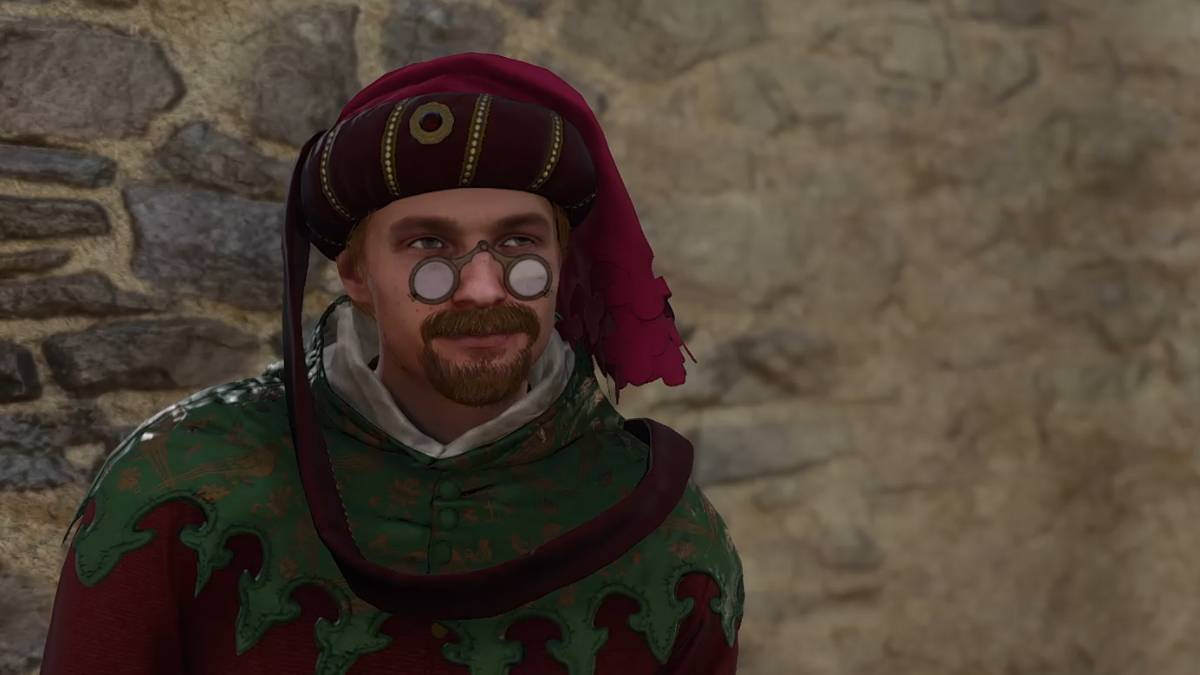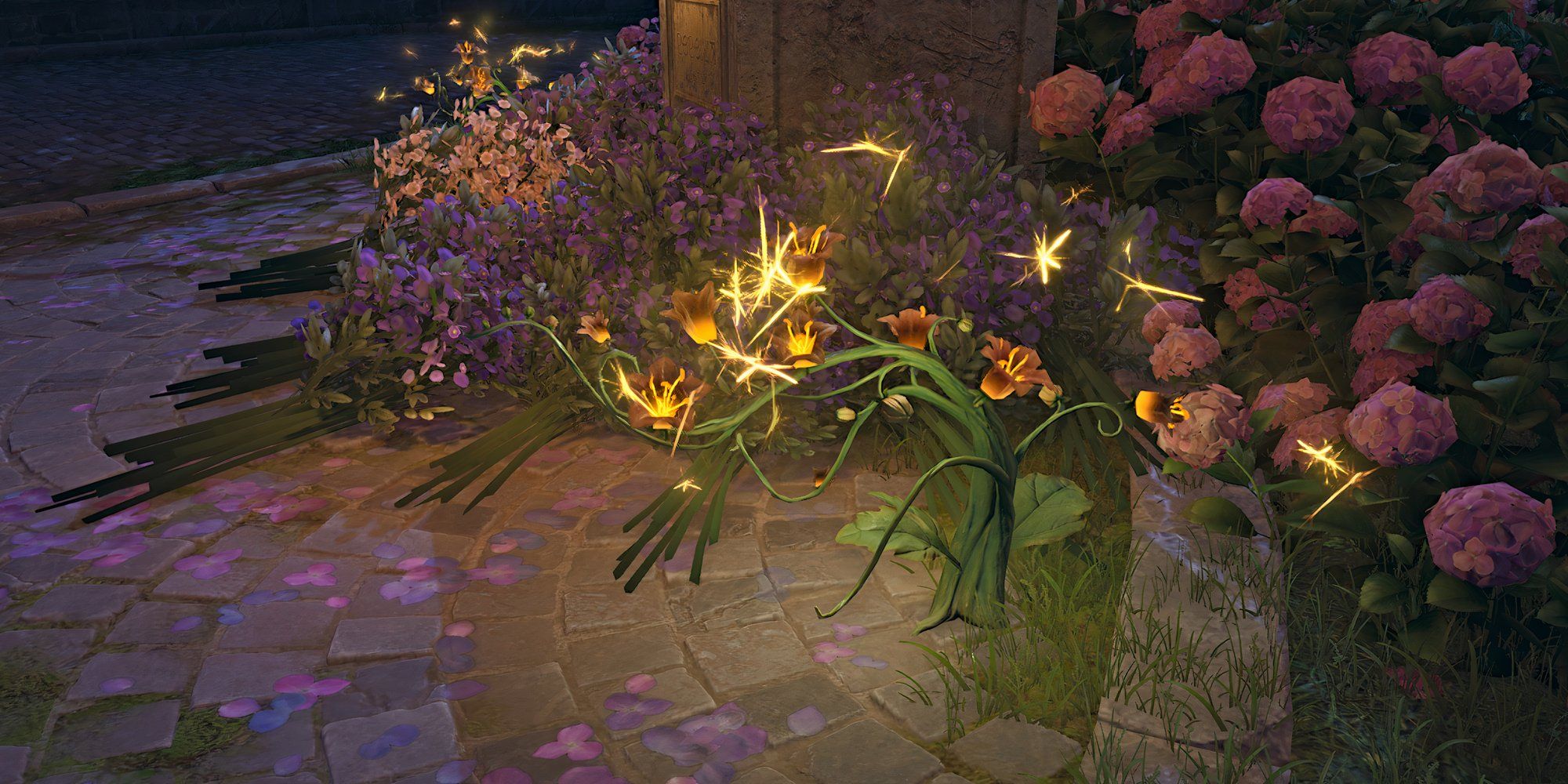Just as Cinderella’s dream was set to end at midnight, The Walt Disney Company faced a similar fate in 1947, grappling with a debt of approximately $4 million following the financial setbacks of Pinocchio, Fantasia, and Bambi, exacerbated by World War II and other challenges. However, it was the beloved princess and her iconic glass slippers that ultimately saved Disney from an untimely end to its animation legacy.
As Cinderella celebrates its 75th anniversary of its wide release on March 4, we had the opportunity to speak with several Disney insiders who remain inspired by this timeless rags-to-riches tale. This story not only echoes the journey of Walt Disney himself but also rekindled hope within the company and a post-war world seeking inspiration and belief.
The Right Film at the Right Time --------------------------------To understand the context, we must revisit Disney's fairy godmother moment in 1937 with the release of Snow White and the Seven Dwarfs. This film's phenomenal success—it held the title of the highest-grossing film until Gone with the Wind surpassed it two years later—enabled Disney to establish its studio in Burbank, the company's enduring headquarters, and to chart a course for future feature-length animations.
Following Snow White, Disney released Pinocchio in 1940 with a budget of $2.6 million, roughly a million dollars more than its predecessor. Despite critical acclaim and winning Academy Awards for Best Original Score and Best Original Song, Pinocchio resulted in a loss of about $1 million. This trend continued with Fantasia and Bambi, further accumulating debt. The primary reason for these failures was the outbreak of World War II, triggered by Germany's invasion of Poland in September 1939.
"Disney's European markets dried up during the war, and the films weren’t being shown there, so releases like Pinocchio and Bambi did not perform well," explained Eric Goldberg, co-director of Pocahontas and lead animator on Aladdin’s Genie. "The U.S. government then enlisted Disney to produce training and propaganda films for the Army and Navy. Throughout the 1940s, the studio shifted to what they called Package Films, such as Make Mine Music, Fun and Fancy Free, and Melody Time. These were excellent projects but lacked a cohesive narrative from start to finish."

Package Films were compilations of short cartoons assembled into feature films. Disney produced six of these between Bambi in 1942 and Cinderella in 1950, including Saludos Amigos and The Three Caballeros, which supported the U.S.' Good Neighbor Policy aimed at countering Nazism in South America. Although these films covered their costs and Fun and Fancy Free reduced the studio's debt from $4.2 million to $3 million by 1947, they diverted Disney from creating traditional feature-length animated stories.
"I wanted to get back into the feature field," Walt Disney expressed in 1956, as quoted in The Animated Man: A Life of Walt Disney by Michael Barrier. "But it was a matter of investment and time. A good cartoon feature requires a lot of time and money. My brother Roy O. Disney and I had a significant disagreement... I said we’re going to either go forward, get back in business, or liquidate and sell out."
Facing the prospect of selling his shares and leaving Disney, Walt and Roy chose to take a risk and invest everything in their first major animated feature since Bambi. This decision could have spelled the end of Disney's animation studio if it failed.
"At this time, Alice in Wonderland, Peter Pan, and Cinderella were all in development, but Cinderella was chosen first due to its similarities with Snow White," said Tori Cranner, Art Collections Manager at Walt Disney Animation Research Library. "Walt recognized that America needed hope and joy post-war. While Pinocchio is an incredible film, it lacks the joyfulness of Cinderella. The world needed to believe that something beautiful could emerge from the ashes, and Cinderella was the perfect choice for that moment."
Cinderella and Disney’s Rags to Riches Tale
Walt's fascination with Cinderella dates back to 1922 when he produced a Cinderella short at Laugh-O-Gram Studios, the precursor to Disney. This short and the later feature film were adapted from Charles Perrault’s 1697 version of the tale, which itself traces back to a story told between 7 BC and AD 23 by the Greek geographer Strabo. It's a timeless narrative of good versus evil, true love, and dreams realized, deeply resonating with Walt.
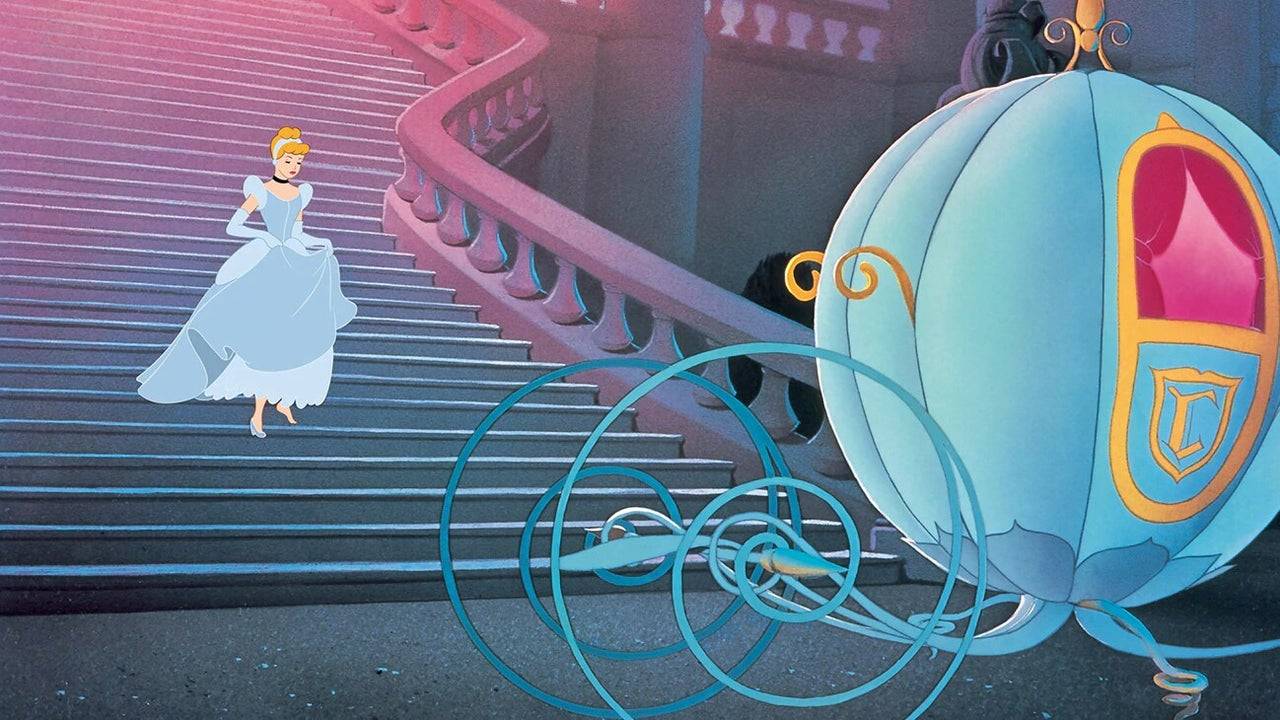
"Snow White was a kind and simple little girl who believed in wishing and waiting for her Prince Charming," Walt Disney noted in footage from Disney’s Cinderella: The Making of a Masterpiece. "Cinderella, however, was more practical. She believed in dreams but also in taking action. When Prince Charming didn’t appear, she went to the palace to find him."
Cinderella's character, marked by resilience despite adversity from her Evil Stepmother and Stepsisters, mirrored Walt's own journey from humble beginnings fraught with failures and challenges, yet driven by an unwavering dream and work ethic.
Walt's passion for the story persisted, leading to attempts to revive it as a Silly Symphony short in 1933. However, the project's scope expanded, culminating in a decision in 1938 to develop it into a feature film. Despite delays due to the war and other issues, the film evolved into the beloved classic we know today.
Disney's success with Cinderella stemmed from its ability to enhance these timeless tales with a universal appeal. "Disney took these age-old fairytales and added his unique touch," said Goldberg. "He infused them with his taste, entertainment sense, heart, and passion, making the characters and stories more relatable and enjoyable for all audiences, thus modernizing and preserving them for future generations."
Cinderella's animal friends, including Jaq, Gus, and the birds, provided comic relief and a means for Cinderella to express her true self, while the Fairy Godmother, reimagined as a bumbling grandmother figure by animator Milt Kahl, connected more deeply with audiences. The transformation scene, with its meticulously hand-drawn and painted sparkles, remains iconic, showcasing the magic and hope central to the story.
The addition of the glass slipper breaking at the end adds depth to Cinderella's character, showcasing her strength and resourcefulness. "Cinderella is not just a passive protagonist," Goldberg emphasized. "She has a personality and strength, evident when she presents the other slipper she had kept, demonstrating her control over her destiny."
Cinderella premiered in Boston on February 15, 1950, and enjoyed a wide release on March 4 of that year. It was an immediate success, grossing $7 million on a $2.2 million budget, becoming the sixth-highest grossing film of 1950 and earning three Academy Award nominations.
"When Cinderella came out, critics hailed it as a return to form for Walt Disney," Goldberg recalled. "It was a huge success, restoring the studio's focus on narrative features like Snow White. Post-Cinderella, Disney went on to create Peter Pan, Lady and the Tramp, Sleeping Beauty, 101 Dalmatians, Jungle Book, and more, all thanks to Cinderella."
75 Years Later, Cinderella’s Magic Lives On
Seventy-five years on, Cinderella's legacy continues to captivate and inspire. Her influence is evident in the iconic castles at Disney parks and in the studio's modern classics, such as the dress transformation scene in Frozen, animated by Becky Bresee, which pays homage to Cinderella's magical moment.
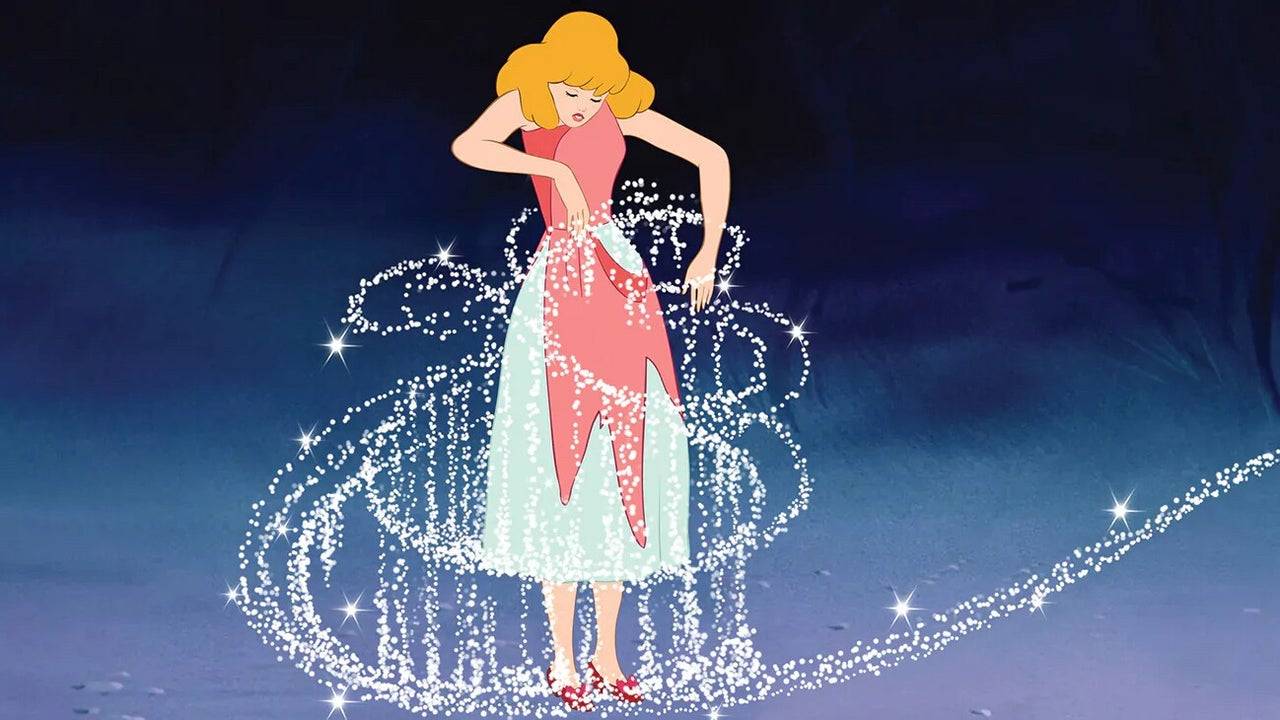
The contributions of Disney legends like the Nine Old Men and Mary Blair enriched Cinderella's distinctive style and character. Eric Goldberg sums up the film's enduring impact: "Cinderella is all about hope. It shows that perseverance and strength can lead to realized dreams, no matter the era."

 Latest Downloads
Latest Downloads
 Downlaod
Downlaod
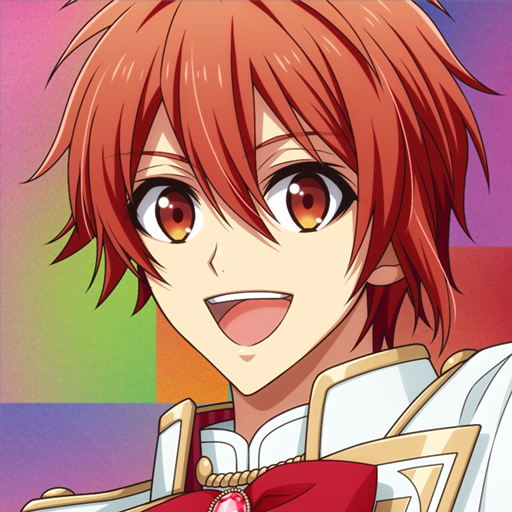

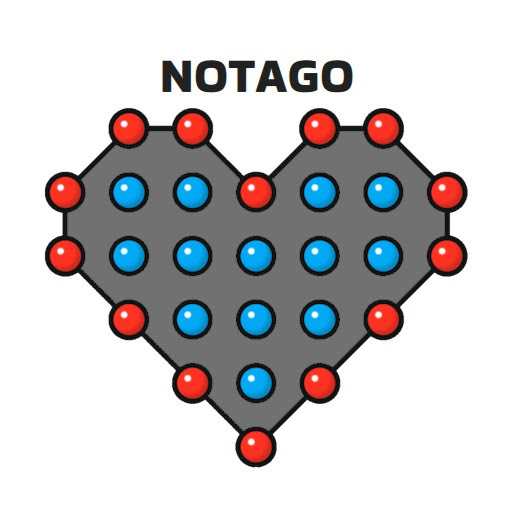
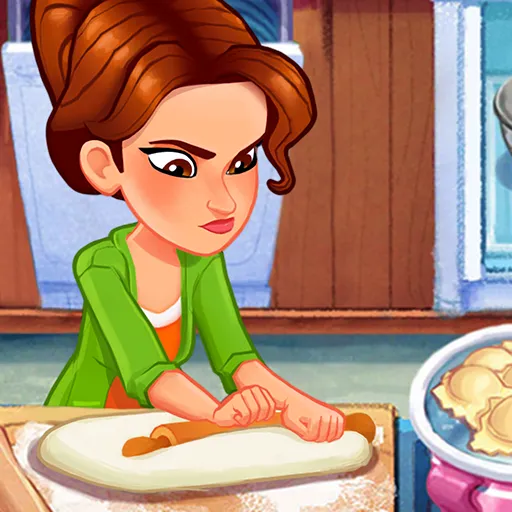
 Top News
Top News
